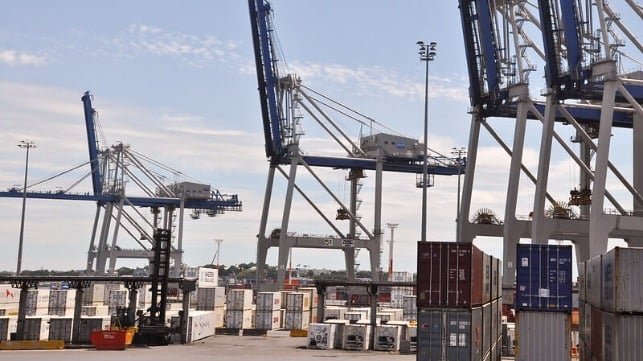Revamping New Zealand’s Maritime Sector: A Call for Improved Ports Productivity
Amid concerns of declining ports productivity in New Zealand, the country’s parliament is progressing with an inquiry aimed at revamping the maritime sector. According to data by the Ministry of Transport, most of New Zealand ports are struggling to reach pre-pandemic growth levels. In the past decade, total container loads and unloads across the six New Zealand container ports increased annually by between 3-8 percent. The peak growth period was in 2016-2017 before dropping at the onset of Covid-19 pandemic.
In its submission to the parliament inquiry, the Maritime Union of New Zealand (MUNZ) decried lack of a national ports strategy, which has led to disorganized competition amongst terminals. Currently, New Zealand has around 13 ports open to international cargo vessels. Most of these ports are in proximity of each other, causing inefficient competition. In addition, there have been attempts by some smaller ports to over-invest in infrastructure for large international vessels, which they rarely attract.
To address these issues, MUNZ has recommended for a unified New Zealand Ports Strategy centered on a hub and spoke model. “This model would designate 2-4 main import/export ports (hubs) with regional ports (spokes) feeding goods to and from these hubs via reliable coastal shipping,” added MUNZ.
The International Container Lines Committee (ICLC) representing international container shipping lines in New Zealand, also made a submission, calling for lifting of productivity across all ports in the country. “We note that overall, the ship rate has reduced from 68 moves per hour in the first quarter of 2019 to 55 moves per hour during a similar period in 2025 across the four largest ports. This is close to a 20% reduction in productivity and is very concerning,” said ICLC. Ship rate is a port productivity indicator tracking the number of containers moved on and off a containership per hour.
Some ports appear keen to resolve these challenges. Last week, Ports of Auckland got provisional approval via the newly enacted Fast Track law, which will see the facility invest $118 million in a berth expansion project. This will include expanding the northern berth at the Fergusson container terminal by 45 meters. In addition, a new 330m wharf will be built at the northern end of the Bledisloe terminal. These developments are partly aimed at enabling Port of Auckland to handle larger vessels as freight needs continue to evolve, according to the port’s CEO Roger Gray. Overall, the port is planning to spend around $240 million in capital projects by 2030.
Top image: Simon Oosterman / CC BY NC SA 2.0

